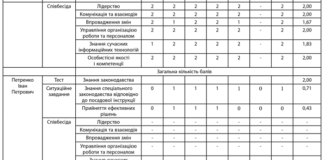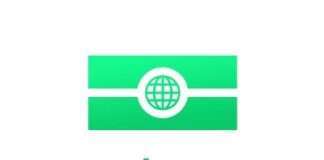The familiar blue interface of Facebook, once dominated by posts and photos, has evolved significantly. Today, it serves as a platform for everything from buying used furniture to connecting with potential partners. One of its latest features, Facebook Dating, has become an unexpected success story for the company.
Alyssa Landguth, a 30-year-old from Washington State, exemplifies this trend. After finalizing a divorce over the summer, she found herself turning to Facebook Dating more often. For her, it’s the most convenient option: “cheaper than Christian Mingle and with more matches,” she noted. This service, launched in 2019, has quietly gained popularity, boasting over 21 million daily users, making it one of the top online dating services.
This surge in popularity is part of a broader transformation at Facebook. As younger users gravitate toward apps like Instagram and TikTok, Facebook has reinvented itself by embracing features that cater to evolving user needs. Dating, alongside Marketplace, demonstrates how the social network remains relevant by diversifying its offerings.
How It Works
Facebook Dating allows users to create dating profiles directly within the app, free of charge. Users can browse potential matches through swiping, similar to other dating apps. The service has proven particularly popular among users over 30, but it has also seen significant growth among younger demographics.
Tom Alison, head of Facebook, explained the appeal: “Underlying it all is that there are real people on Facebook. You can see who they are, you can see how you’re connected to them, and if you have mutual friends, we make it easy to see where you have mutual interests.”
Why It’s Different
Unlike many dating apps that rely heavily on subscriptions or premium features, Facebook Dating is free to use. This accessibility has played a major role in its growth. While competitors like Hinge, with around 15 million users, focus on paid upgrades, Facebook uses its advertising revenue model to fund the service. This approach allows the company to continuously add new features without relying on user payments.
The Rise of Gen Z
Facebook Dating’s user base has expanded, particularly among younger generations. According to data, conversations between users under 30 increased by 7% year-over-year. Research director Mike Proulx from Forrester VP highlights that features like Marketplace, Messenger, and Dating are key in drawing younger users back to the platform.
AI-Powered Features
To combat user fatigue from endless swiping, Facebook has introduced several AI-driven features. One such tool is an AI dating assistant that users can talk to about their preferences. The assistant then searches for matches based on those criteria.
Another feature, called “Meet Cute,” serves users one match per week. The goal is to reduce the overwhelming nature of dating apps while improving the quality of matches. These innovations show how Facebook is blending technology with dating to enhance user experience.
User Stories
For many, Facebook Dating has become more than just a dating service—it’s a daily habit. Martin Springer, a 68-year-old user, has relied on the platform for over a year. He appreciates its convenience but has encountered challenges, such as users seeking financial gain or other benefits. Despite these issues, he finds value in connecting with others who share his goals.
Conclusion
Facebook Dating’s success reflects a larger shift at the company: adapting to changing user needs while leveraging its massive user base. By offering a free, integrated dating service, Facebook has carved out a new niche for itself in the competitive online dating market. As the platform continues to innovate with AI and user-friendly features, it remains a surprising and relevant hit for the social network






















